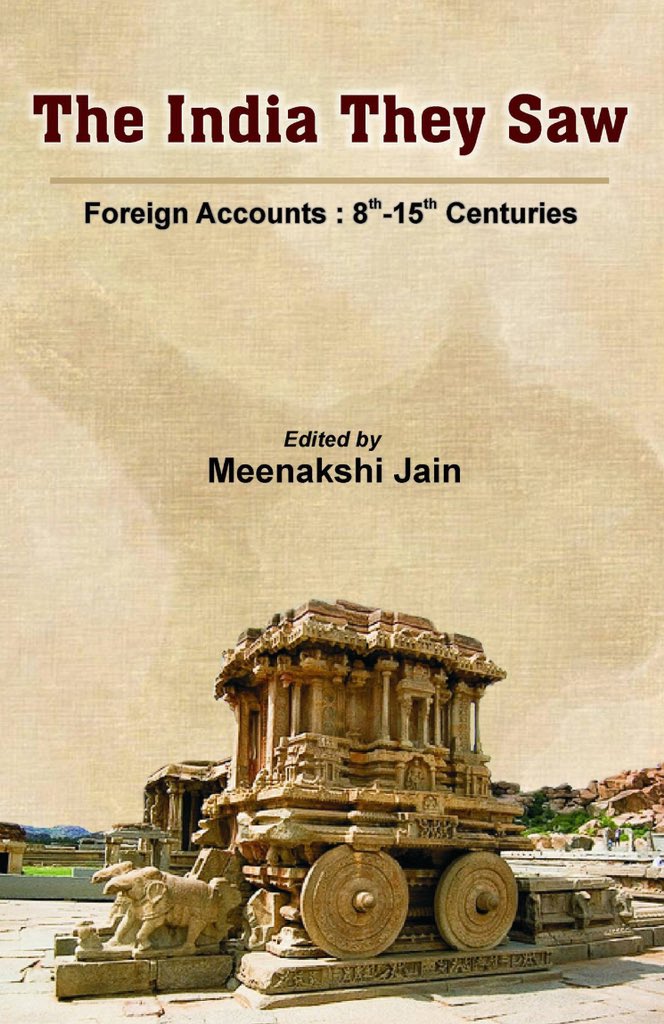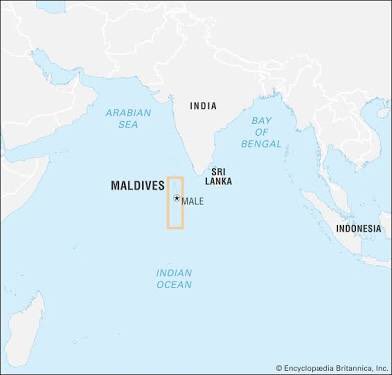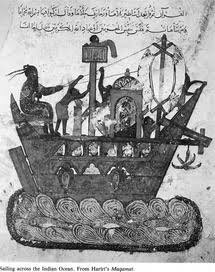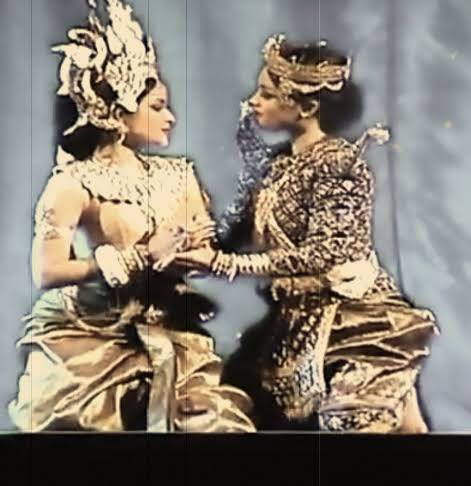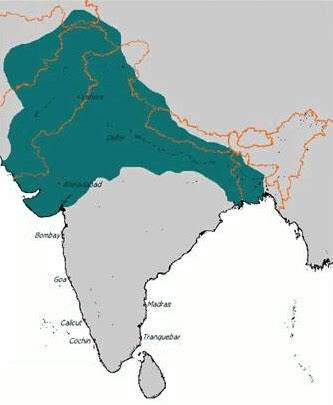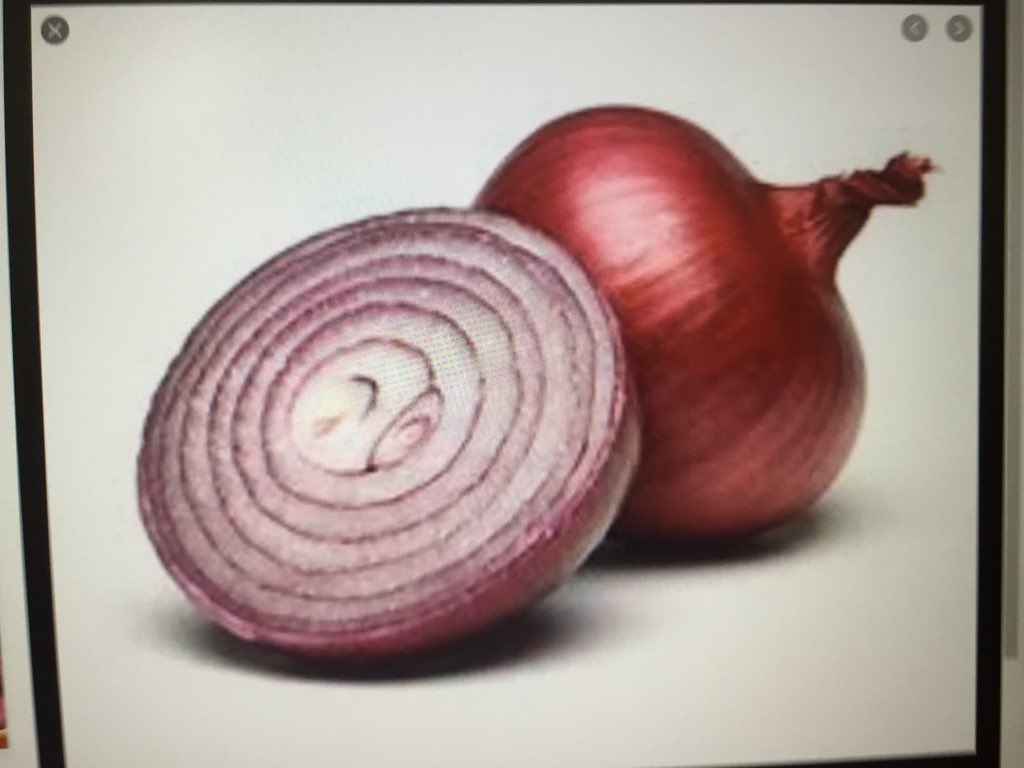
#Thread on whether we had Dowry system (the way it is prevalent in present society) in Medieval India ? #History #Marriage #Dowry #Stridhan #Hindu #SanatanDharma #Women #Medieval #Bharat #India 



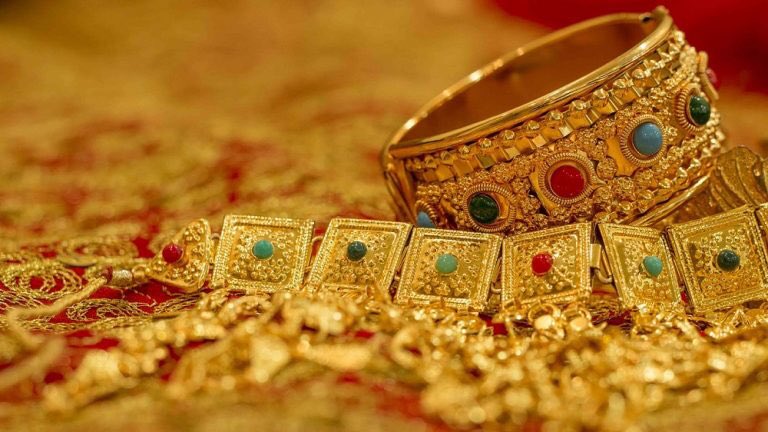

We will be analysing the following travel records of medieval time Arab and Chinese travelers, traders and scholars like Alberuni (970-1039 CE) [who came to India with Mahmud Ghazni and stayed here for a substantial time chiefly in Punjab],.. 

.. Chau Ju-Kua (a foreign trade inspector) who compiled his work in about 1225 CE and has given a good insight on South India and Ma Twan-lin, who travelled and recorded about South India in mid-13th century CE. All the following information on whether.. 





.. Dowry system existed, as it is now, in medieval India, are from the horse’s mouth, that is from the primary sources of contemporary times.
According to Alberuni, based on his observations in Punjab and regions in and around North India which had come under ruthless occupation of Mahmud Ghazni :-
“Every nation has particular customs of marriage, especially those who claim to have a religion and law of divine origin. The Hindus marry at a very young age; therefore the parents arrange the marriage for their sons... 





.. On that occasion the Brahmans perform the rites of the sacrifices, and they as well as others receive alms. The implements of the wedding rejoicings are brought forward. 





.. No gift is settled between them. The man gives only a present to the wife, as he thinks fit, and a marriage gift in advance, which he has no right to claim back, but the wife may give it back to him of her own will. 


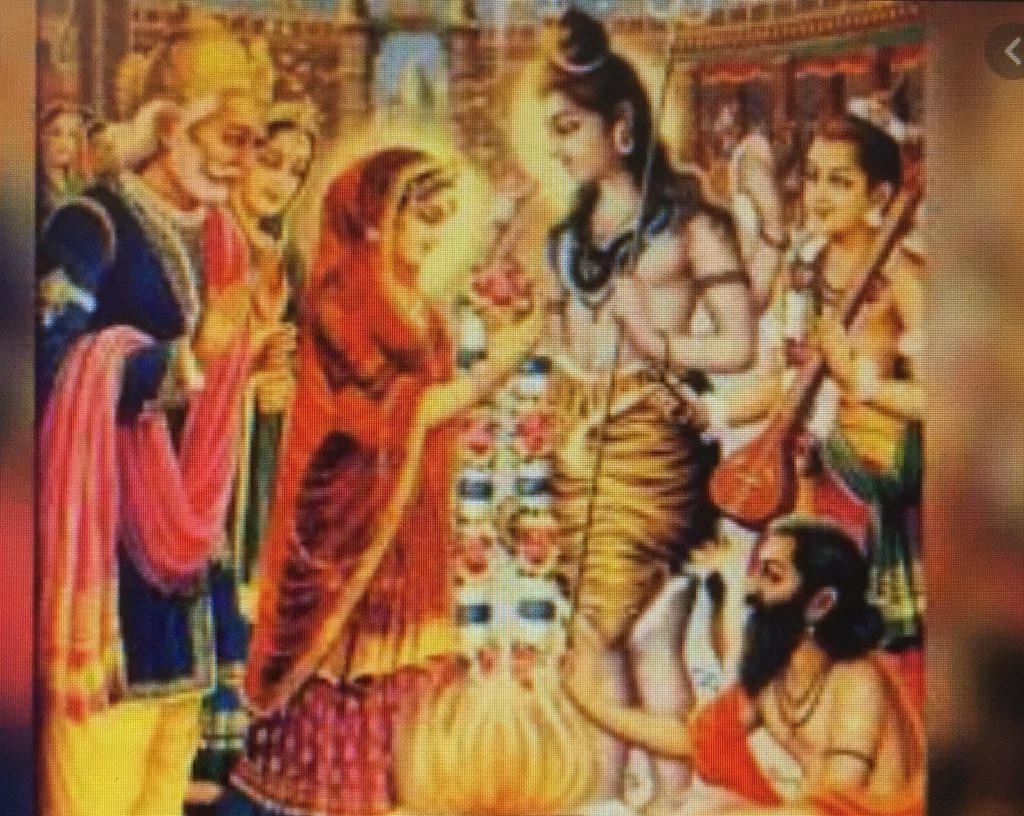


Husband and wife can only be separated by death, as they have no divorce.”
As per Chau Ju-Kua, as observed in Coromandel region, :-
“When contracting marriage, they send, in the first place, a female go-between with a gold (or) silver finger-ring to the girl’s home. 

.. Three days afterwards there is a meeting of the man’s family to decide upon the amount of land, cotton, betel nuts, wine and the like to be given as marriage portion. 







The girl’s family sends in return gold or silver finger-ring, yue-no [probably a kind of muslin] cloth and brocaded clothing to be worn by the bride to the (intended) son-in-law. 

Should the man wish to withdraw from the engagement, he would not dare reclaim the marriage gifts; if the girl should wish to reject the man she must pay back double.”
Ma Twan-lin observed the following in the South Indian kingdom ruled by Cholas :-
“For marriages, the suitor sends at first a mediatrix to the family of the young girl, whom he courts, offering her a ring of gold or silver. 
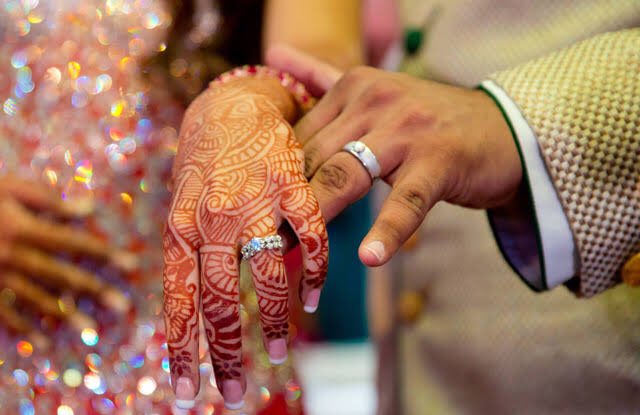
Three days after, the relatives of the young man, join and consult together to determine if they could, according to their resources, give to the new household some fields, domestic animals, or only palm wine and some areca nuts and so on. 







From their side, the future relations send to the fiance some gold or silver rings; some pieces of cloth; and some beautiful clothes for his future wife. 







These preliminaries ended, if the young man refuses to marry the young girl, he should sent back the tokens of betrothal that he has received, and if it is the young girl who wishes to retract, she ought to restore twice the presents she has accepted.”
Key takeaways from above contemporary records :-
1)No exchange of gift between the families entering into matrimonial alliance. Only husband gifts to wife if he desires so as per his capacity. [Alberuni, in Punjab and north India under Ghazni occupation]
1)No exchange of gift between the families entering into matrimonial alliance. Only husband gifts to wife if he desires so as per his capacity. [Alberuni, in Punjab and north India under Ghazni occupation]
2)Exchange of gifts between groom and bride’s families, as per their their capacity, with wives being gifted even fields and landed property. [Chinese travelers in South India]. All this property were called as Stridhan,..
.. Which remained under her control but sometimes under supervision of her husband. This adequately destroys the misinformation fed to us that Hindu women never had property rights on immovable assets.
3)It must be noted that all the exchange of gifts mentioned above are only based on mutual consent and agreement according to family’s capacity. There was no coercion or any social shame for not being able to afford or negotiate hefty gift from bride’s side.
4)Dowry, as practiced now widely, was forced into Hindu society under colonial rule of the Europeans since mid-18th century CE...
.. The Victorian age laws enacted by the colonial rulers stripped off all the property rights of women according to what was in vogue in their societies in Europe in those times.
Source and Credit:
1)THE INDIA THEY SAW (VOL-2) by MEENAKSHI JAIN
2)Alberuni, vol. II, pp., 154-156 ;
Sachau, Edward, Alberuni’s India (Tahqiq-i-Hind) Atlantic Publishers and Distributors, 1989.
1)THE INDIA THEY SAW (VOL-2) by MEENAKSHI JAIN
2)Alberuni, vol. II, pp., 154-156 ;
Sachau, Edward, Alberuni’s India (Tahqiq-i-Hind) Atlantic Publishers and Distributors, 1989.
3)Sastri, pp., 143-144, and 320-321;Sastri, Nilakanta K. A., Foreign Notices of South India. From Megasthenes To Ma Huan, University of Madras, 1972.
@AartiAuthor @harshasherni @SRaEarth09 @Angriy_BiRd @Ms_Poojaraj @mamatarsingh @Dharma_Yoddhaa @Itishree001 @JyotiKarma7 @Shiv_Sharwani11 @Mahender_Chem @DeshBhaktReva @Savage_shree @VaruKrutika @dhingramahima9 @apparrnnaa @i__Mystic @Shailesh_2017 @shradhasumanrai 👆
@VedicWisdom1 @Voice_Of_Dharma @Karma_Kaali @MsMisraji @dakowmap @tapaswiniswain2 @RakhiSh45953990 @raj_010101 @core_dharma @RudraaShiv @VertigoWarrior @MishraMedhavi @vedicboy @Factualpwrcrown @unheardvoice07 @nitayuvani 👆
• • •
Missing some Tweet in this thread? You can try to
force a refresh


